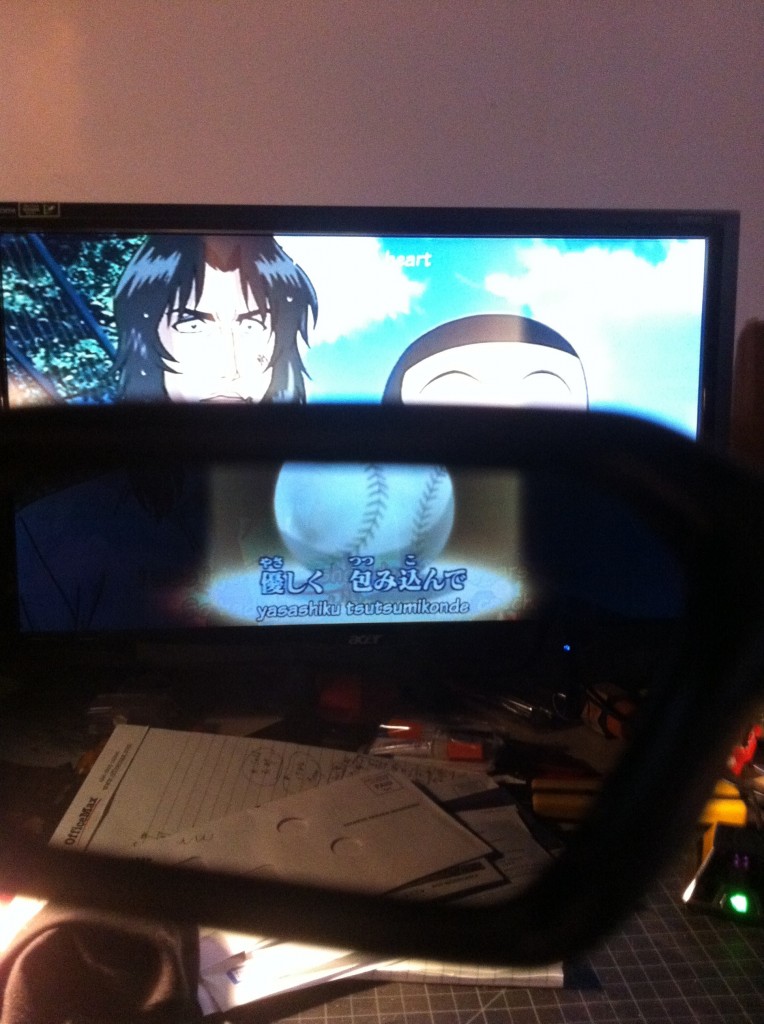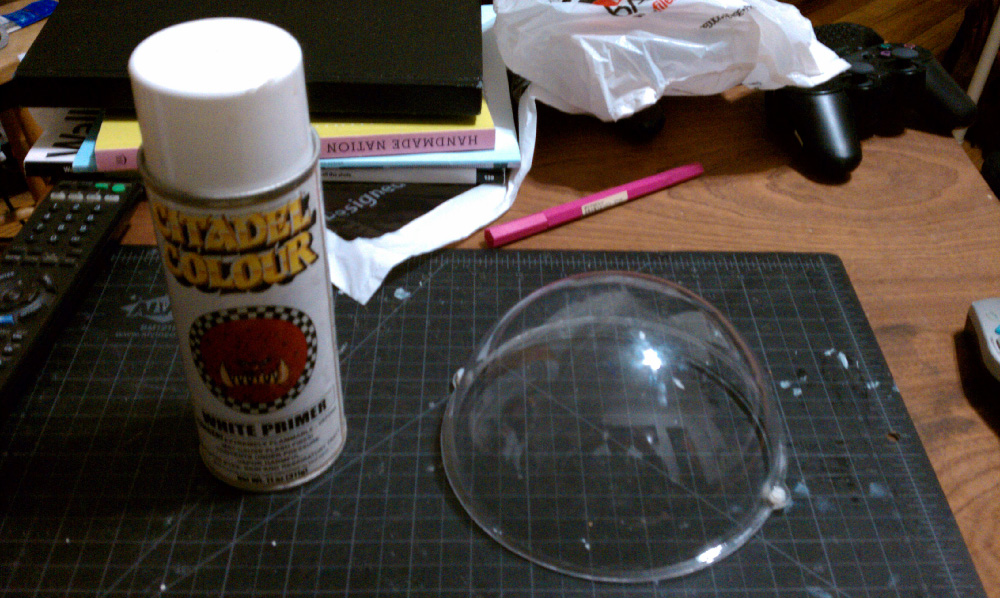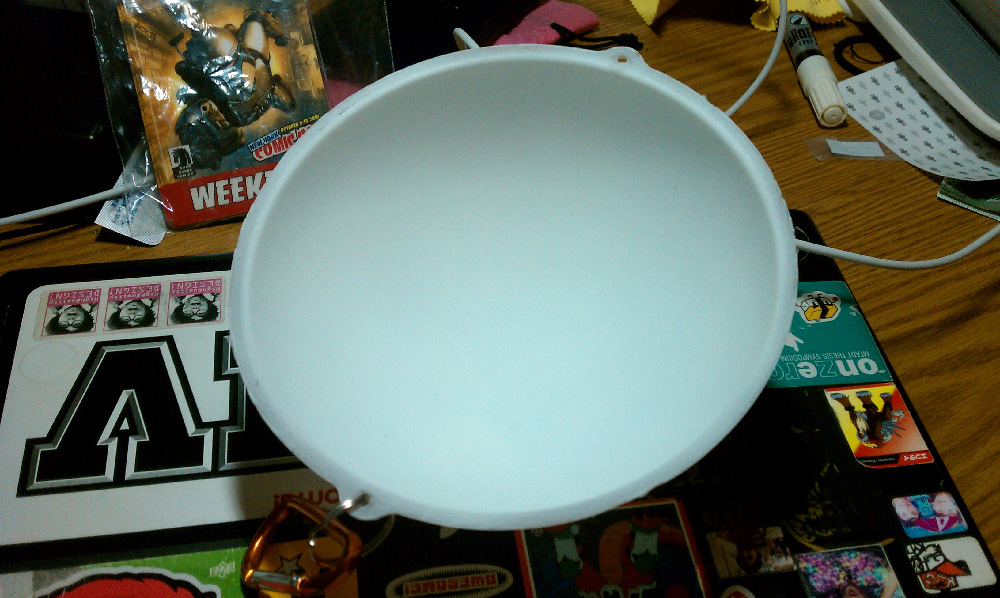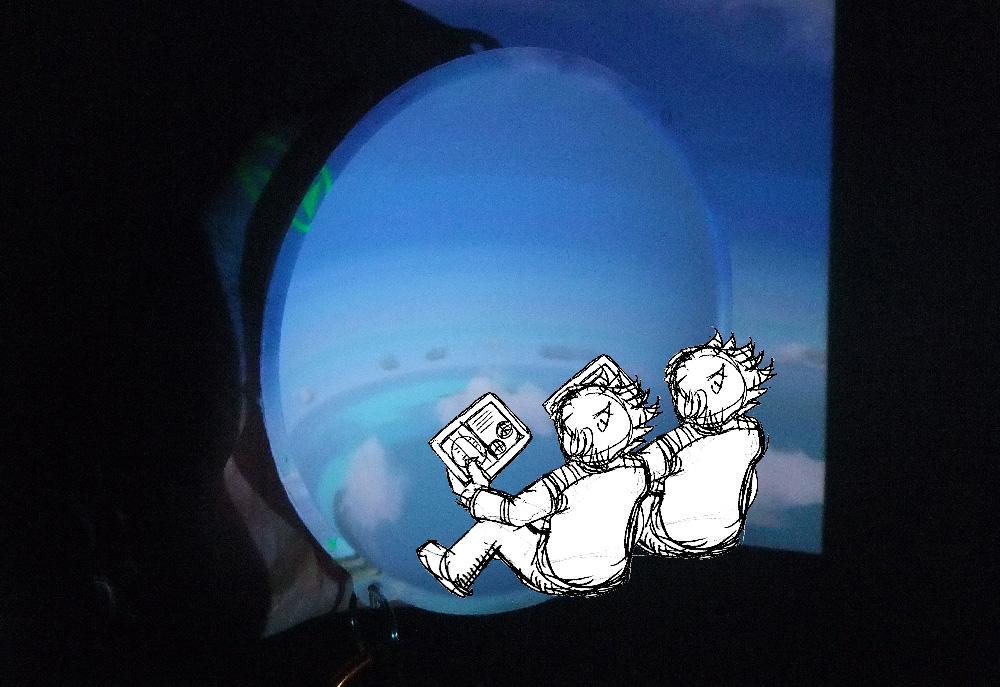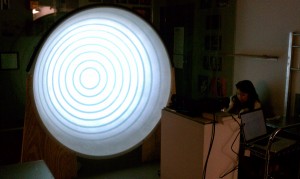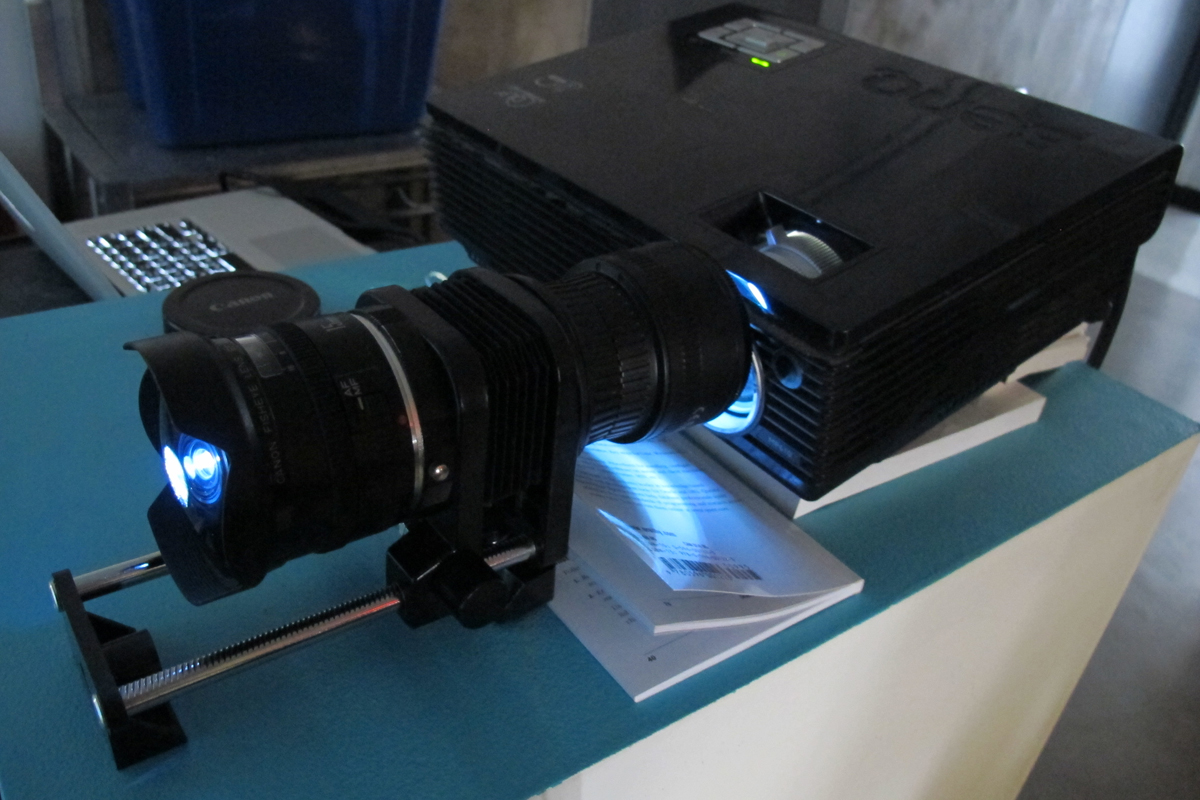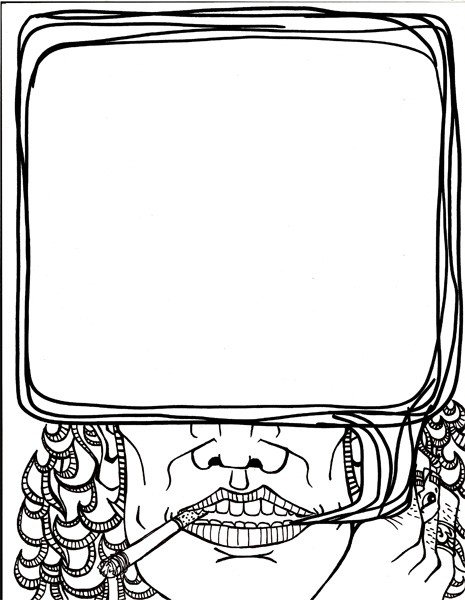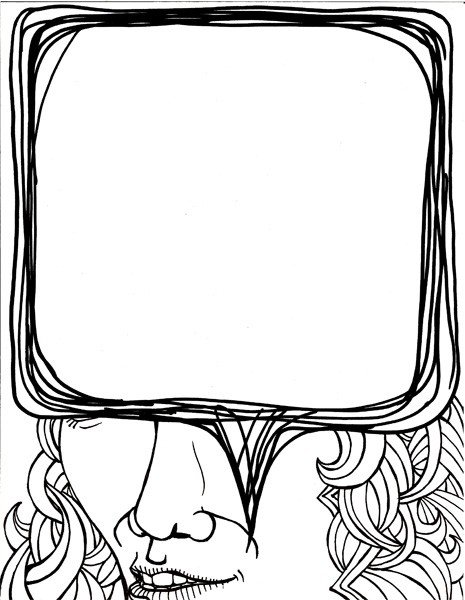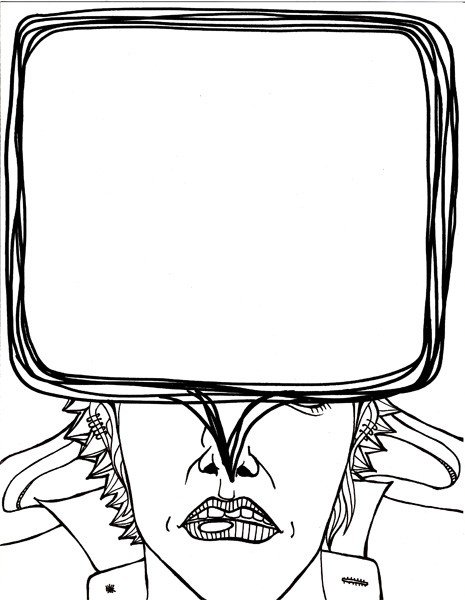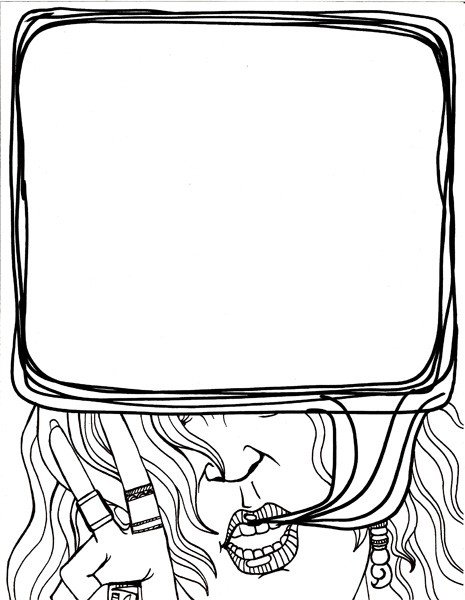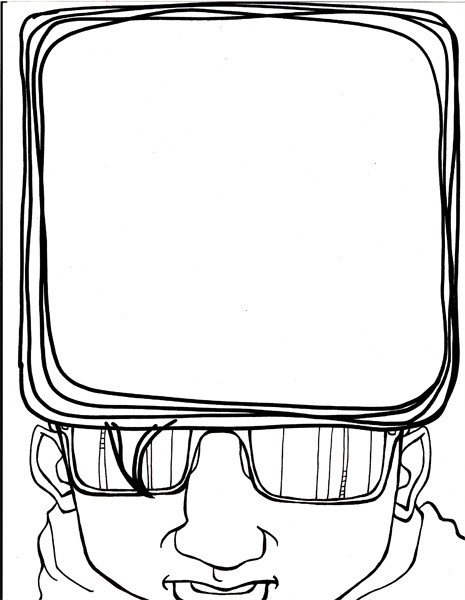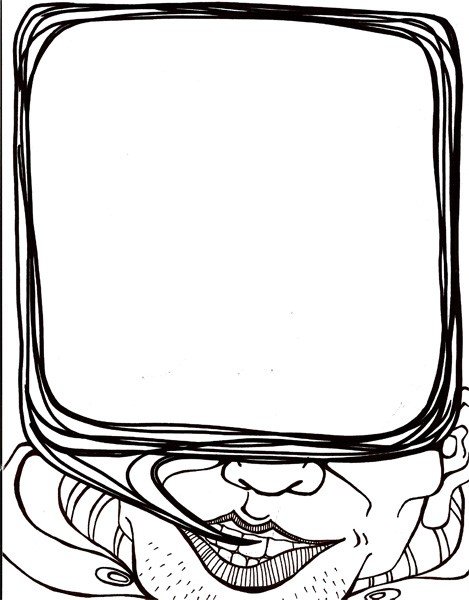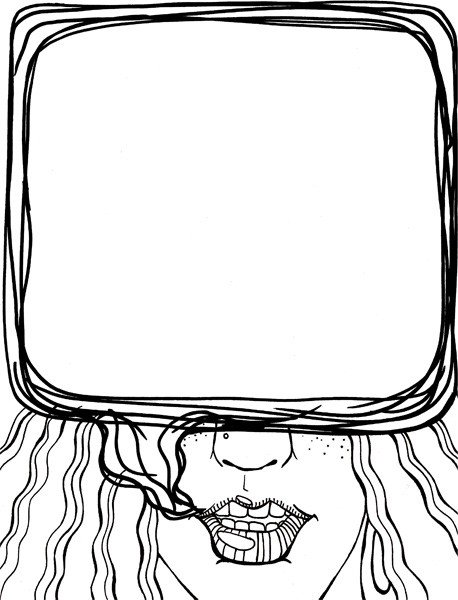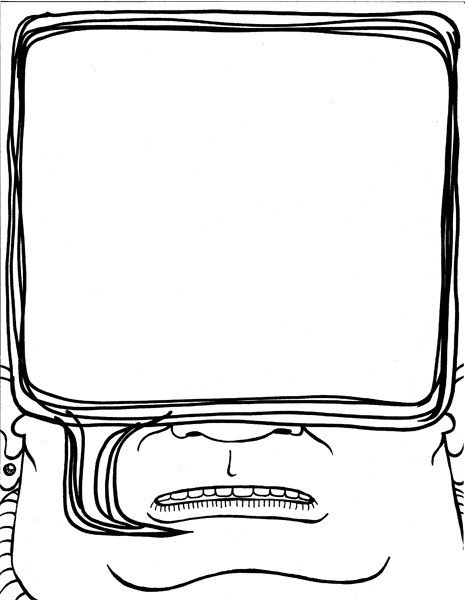
Mobile Quest is a five-day long mobile game design camp for 5th grader happening now (7/20/09~7/25/09). It is put together by Institute of Play and sponsored by Nokia Mobile Learning Institute and Pearson Foundation. Me and Leanne are leading one of the four teams in the camp, there are over 40 kids in total, most of them are going to Quest in Fall. Our team is the most energetic one, and they are up for game design, best combo ever. They have won all the camp wise competitions, they rock my soul!

My goal of this camp is to have kids at the end of camp to be able to understand a game through it’s game elements, in this context, they are components, goal, core mechanics, game space, choice, and rules. We were told in the orientation meeting that kids are not going to write anything down, so in preparation, we pasted all game design elements in huge colorful types around the room, and drew the word “FUN” and a Galaxy Super Mario in the center of the room.
On Monday, the very first session, when kids walked into the room, they instantly recognized the Mario on the wall, some of them even pointed it out the origin of the drawing. After settling down, we had kids introduce themselves plus their favorite games or the last game they’ve played. Metal Gear Solid, GTA 4, Tetris, Packman, Boogie Superstar, and Pokemon were mentioned. Then we walked around the room introduced every game design element and have them name the elements out of their own favorite games. The rest of the week, on top of the tight schedule, we always do a review of all the game elements in the room.


On Tuesday, for the reviewing session, I brought in different card games and asked kids to pick out game elements from the cards they pick. I started out with D&D miniature stat cards. Each os these cards has detailed stats about a miniature, including name, description, habitat, and rules for special attacks. They are a really good example for game components, core mechanics, choices, and rules. The second card game I shown was Anachronism from History Channel. These cards are beautifully crafted in sets based on historical figures. What is special about these cards is that on top of the character card, it has a 3 X 4 grid that indicates character’s attacking directions, which also implies the game space around the character on the actual game board.
The third and final card game is The Eye of Judgement (EOJ) from PS3. These cards look very similar to Anachronism cards, but some of them have two battle grids instead of one. The other difference about these cards are embedded with barcodes for PS3 to read, so I used them as the last set of cards for smooth transition into SEMA code. At the end of the session, I asked them to keep the EOJ cards and save them for the final surprise, then we move on to SEMA code.
During the session, kids were having trouble finding out where the implied game space is on their Anachronism cards, but they eventually did with some hints from us. When they pick their EOJ cards, they were able to relate them to Anachronism cards and had no problem pointing out where the implied game space is on EOJ cards. We also tried to make sense of the connections between character descriptions and their stats and special attacks, because a lot of time, narration is where game designers inspired for game elements, or vise versa. When they stuck, we will revisit definitions of these game elements. They are very good at making direct connections between all game elements and what they visually encounted. Anything requires a step further seems difficult to them. But, their potential to understand complex systems using very simple anylogy is beyond my comprehension. This might have to do with us as adults tend to complicate things becuase our pround library of references and experiemences. It was full of surprises hanging out with them.

In the begining of Wednsday I showed them what those barcodes on EOJ cards actually do. It was a tight schedule on Tuseday, I didn’t get to show them the big surprise. I moved it to Wednseday because they have been wanted to know what is the secret hidden in their cards. I brought in a PS3 and set up the Eye of Judement game. They put their cards underneath the camera, then the magic happened, creatures and machines are coming out of their cards on screen. They were amazed by the technology and were arguing whoes monster is the biggest. They tried all the cards I brought in, too bad we didn’t have time to let them play the actual game.


On Thursday, in a discussion on the game “Silent SEMAcode” we played on Tuesday, kids came up with all kinds of possible mods to make the game more interesting. Mike came up with a brilliant idea to have players retrieve secret words in turns, but instead of verbally passing the word to the next player, he or she acts it out. Nadine suggested dancing instead, Chandler said singing a song will be cool, the conversation goes on and on, kids seems to like this idea a lot. The discussion moved on to Zaki’s idea of a scavenger hunt using SEMA codeas the source for the riddles. Zaki loves two things and two things only in this camp, moon walk and scavenger hunt. In order to help them spice up scavenger hunt more, we asked all the kids in the room, what else games they have played? They mentioned scavenger hunt, Gold rush, Easter egg hunt, and a few others. We went through each of them, trying to crack the code that in fact they share similar game elements, just named and narrated differently. After that, Chandler, came out of nowhere, gave the team the raw idea of “Art Thief.” At the end of the session, we decided to make two games for the game festival, they are Art Thief and Hunt It Down.
Treasure Hunter (Formally known as “Art Thief”):
Players work in teams to discover all the hidden treasures on 10th floor
Art Thief is a mash-up of all the games we discussed plus an interesting kick on the core mechanic. The game is played by multiple players. Players use their smart phones to capture art works (SEMA code) hung on the wall. There are security guards (adults) roaming around in the “gallery.” During the game, players have to avoid security guards and their flash lights. If players are shined by a flash light, they have to freeze and pretend they were art sculptures. If they fail to react, they go to jail ( out of the game ). The game went through a couple iterations and merged with a few new ideas came up by Nadine, Yesmine, Jovon, and Jade. Eventually, they renamed this game to “Treasure Hunt.”
I think through out this camp, we learned more from them than they did from us. They definitely pick up the game elements from us because they were using them in interviews and discussions later in the week. Everyone of them is like a small sysem, because their rather short attension span, it makes our interaction with them almost like a fast-paced turn-based strategy game. We have to constantly come up with activities to get their attentions, and if we miss one move, the room will go out of control. Special thanks to Katie, Anna-Claire, and Dave, they come in many times to save us from a possible desester.
